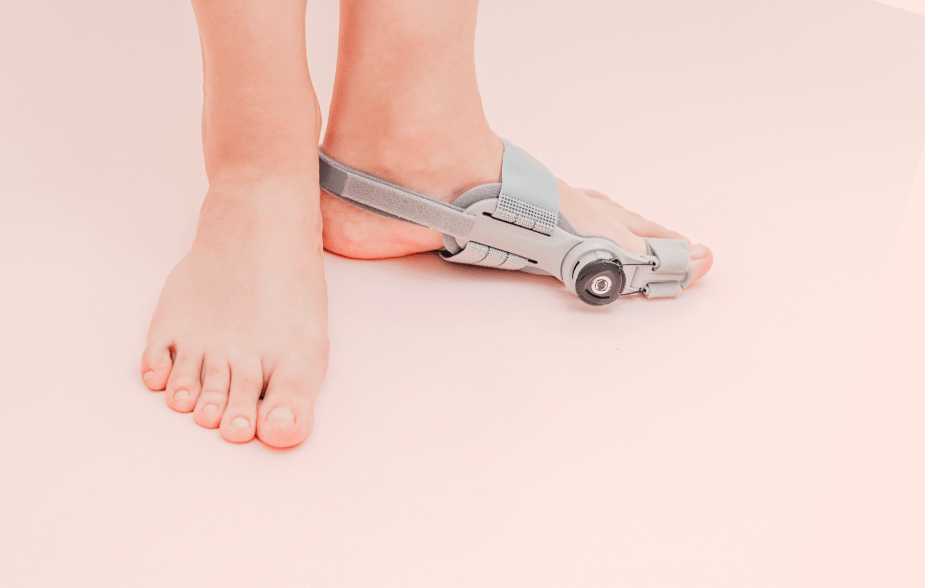Foot drop is a symptom that causes people to walk abnormally due to a weakness or dysfunction in certain foot muscles. Its causes and symptoms may vary, and depending on its seriousness, different treatments may be indicated. It’s important to understand that this condition may have serious consequences when left untreated.
Foot drop can be easily identified by dragging one’s toes while walking. This is due to the inability to raise the front part of the foot, which is caused by either paralysis or weakness in the muscles responsible for that area.
While general foot drop cases may be temporary, there are some chronic or long-term ones, causing patients to look for ways to avoid dragging their toes during a walk, such as an excessive knee lift on the affected side.
While this may be enough for the simple eye, it’s critical to understand that this abnormal behavior can lead to tripping, falling, and other more serious conditions. Additionally, foot drop can happen in one foot or even affect both feet simultaneously, making walking quite uncomfortable.
Main Causes of Foot Drop
As it is intimately linked to muscle conditions, there are several causes for foot drop to appear as a symptom. Damage to the nerves, brain conditions, muscle deterioration, and motor neuron abnormalities are the most common causes.
However, many patients have been discovered to suffer from lumbar radiculopathy, a pinched nerve in the lower back that consequently leads to foot drop.
Brain conditions, such as strokes, cerebral palsy, Parkinson’s disease, and multiple sclerosis, have also been proven to be agents that can result in suffering from foot drop. On the motor neuron side, polio and spinal muscular atrophy are the most commonly found cases.
Treating Foot Drop

Depending on its seriousness, foot drop may be temporary or chronic.
For both cases, patients can take some homemade measures to relieve the pain and avoid dragging their feet while walking.
Here are some things you can do if foot drop is caused by nerve inflammation or minor damage, which can make foot drop fix itself after some time:
- Find ways to help yourself while walking; use a cane or similar walking aid to avoid dragging your feet.
- Pay attention to things that can make you trip. Remove those objects from your house, as you may suffer serious consequences if you fall due to a foot drop.
- Use handrails while walking up or down the stairs. Foot drops may cause you to misstep and fall down the stairs, leading to serious consequences.
Conclusion
You may need professional guidance and treatment if you cannot fix your foot drop using the abovementioned methods.
Contact us and schedule an appointment, and we will help you address your foot drop causes and symptoms. ♦
Podiatrist newsletter article provided by LRW Media. Images provided by Wix Media/Jon Tyson & Shutterstock.
